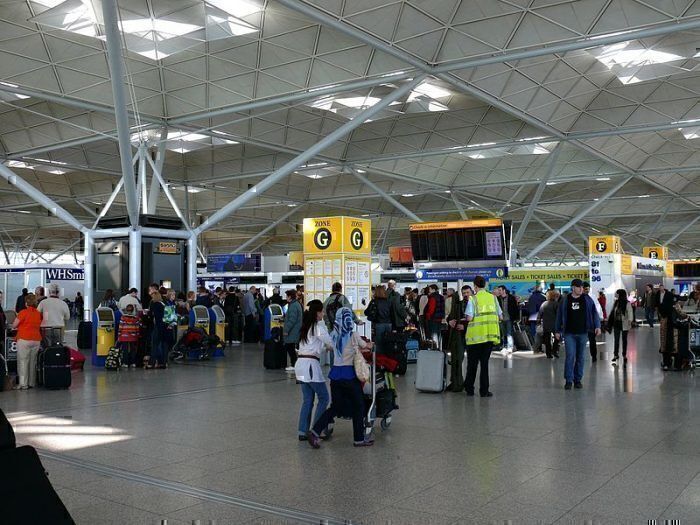As London Stansted Airport looks to reorganize its air traffic corridors within the United Kingdom government’s Airspace Modernisation Programme, the airport will host a series of focus groups that will allow people to express their views on flight paths. In the new program, the government has asked all United Kingdom airports to review how new technology can be used to help them operate more efficiently.
With this in mind, London’s third busiest airport has begun the work of redesigning its network of corridors and flight paths that aircraft use when landing and taking off from the Essex airport.
Stansted will host focus groups
The first stage commencing this month will see the airport host several focus groups that will encourage people to express their opinions on how Stansted should go about redesigning its airspace.
People invited to take part in the group meetings will include local politicians, local business owners, special interest groups, and aviation industry specialists.
Topics to be discussed will include: whether it is better to spread flights out over a wider area or concentrate them in one place. Also to be discussed is how the airspace should be allocated to gliders and people wishing to fly remote-controlled model aircraft and drones.
New flight paths will start in 2023
The timeline laid out for modernizing the use of airspace around Stansted Airport is as follows:
- 2020 – Put together some early views on design principles
- 2021 – Full public consultation where everyone can have a say
- 2022 – Submit a detailed proposal to the Civil Aviation Authority (CAA)
- 2023 – CAA to assess and give its feedback on the proposal for Stansted’s airspace modernization
- 2023 – Start seeing the new flight paths being used at the airport
In a press release seen by Simple Flying, Nick Millar, Operations Director at London Stansted, said:
“When delays start to build up on our roads or rail network, the impact it can have on the ground is all too obvious. It’s easy to forget that we have a similar network in the sky, which our airlines and other airspace users rely on to get from A to B. This upgrade of the UK’s airspace is long overdue and will help make flying much more efficient and environmentally friendly. But we understand the impact aircraft can have on those people living near an airport, which is why we are undertaking a thorough program of engagement to understand what matters most to our neighbors.”
Millar continued: “This initial phase will help us frame the way we develop our proposals, which will be subject to full public consultation next year. The views of stakeholders and residents are central to this process, and anybody who wishes to take part is welcome to submit their views.”
What people overlook is the fact that, just like road and rail networks, airspace is a crucial part of the United Kingdom’s infrastructure. Yet, it has seen little change in the last 60 years.
With new technology like satellite tracking systems, it is now much easier to use airspace more efficiently, which not only helps to reduce delays but also carbon emissions.
Under the new program, all United Kingdom airports must review their operations up to an altitude of 7,000 feet with the UK’s national air traffic service responsible for aircraft at higher altitudes.
Many people will oppose new flight paths
It is nice that the UK government wants to see a more efficient way to use airspace, yet as we have just seen with London Heathrow’s third runway things do not always go as planned.
Can you imagine the uproar there will be when people realize that they now are under a new flight path and what it will do to their property value?
What do you think about all this? Please let us know in the comments.



